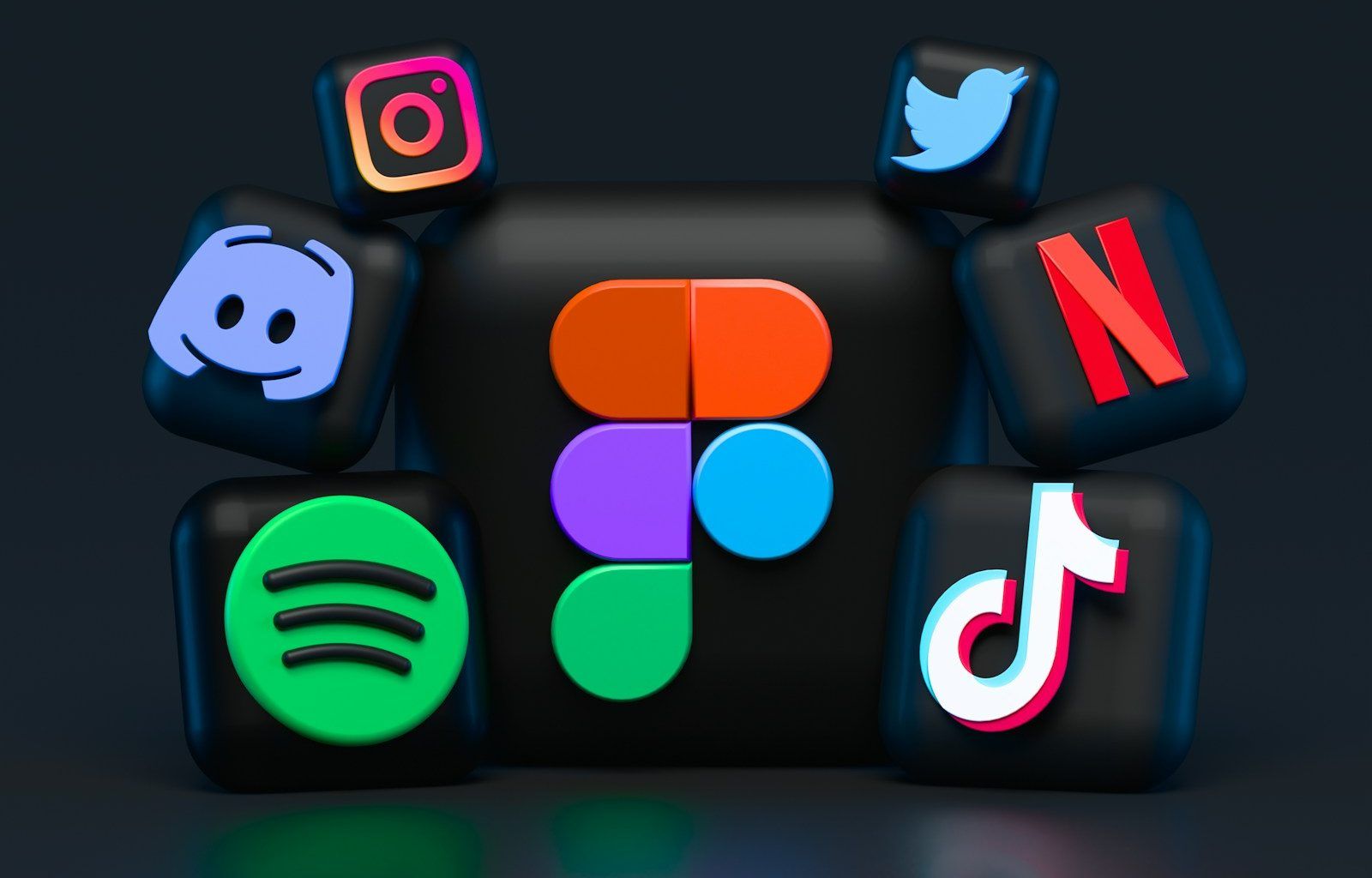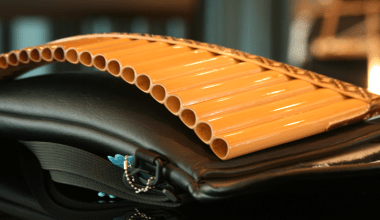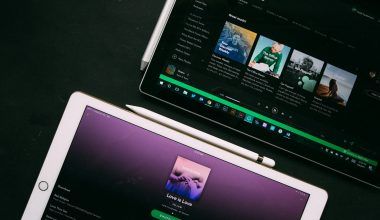If you’re an artist or a band dreaming of sharing your music with the world, you’ve probably asked yourself this question: “Do you have to pay to put music on Spotify?” It’s a great question because Spotify is one of the largest music streaming platforms, offering a massive audience to anyone who wants their music to be heard. Let’s dive into this topic and break it down step by step.
How Spotify Works for Artists
Spotify is a streaming service that connects listeners to artists. It doesn’t directly allow musicians to upload their tracks. Instead, you need a music distributor to bridge the gap. These distributors make sure your music meets Spotify’s technical and quality requirements. Now, let’s get to the big question: do you have to pay to use these distributors?
The Role of Music Distributors
Music distributors are services that help artists upload their music to Spotify and other streaming platforms like Apple Music, Amazon Music, and Tidal. Examples of distributors include DistroKid, TuneCore, CD Baby, and Amuse. Each has its own pricing structure, which can vary widely. Some charge a flat fee, while others take a percentage of your earnings.
- Paid Distributors: Most distributors, like DistroKid and TuneCore, charge you to upload your music. For example, DistroKid offers unlimited uploads for an annual subscription fee, while TuneCore charges per release.
- Free Distributors: Some services, like Amuse, let you upload music for free but might take a percentage of your royalties.
Why Do Some Distributors Charge?
Distributors provide valuable services like ensuring your music gets uploaded in the right format, handling metadata, and collecting royalties. They also handle licensing and rights management, which is essential for getting your music on Spotify legally.
Is There a Way to Put Music on Spotify for Free?
Yes, you can put your music on Spotify for free, but there’s usually a catch. Free distributors may take a cut of your royalties. For example, if you earn $1,000 from streams, the distributor might keep a percentage as their fee. While this option has no upfront costs, you may lose more money in the long run if your music performs well.
What Are the Benefits of Paying?
Paying for a distributor often gives you access to additional features that free distributors don’t offer. These can include:
- Faster Upload Times: Paid distributors often prioritize uploads, so your music appears on Spotify quicker.
- Better Royalty Payouts: With no percentage taken, you keep more of your earnings.
- Advanced Analytics: Some distributors provide detailed insights into your streams and audience demographics.
Which Option Is Best for You?
Whether you should pay or use a free option depends on your goals. If you’re just starting and want to test the waters, a free distributor might be a good choice. But if you’re serious about your music career, investing in a paid distributor can be worth it for the added benefits.
How to Choose the Right Distributor
When deciding on a distributor, consider these factors:
- Budget: Can you afford an upfront fee, or would you prefer a percentage-based model?
- Features: Do you need extra features like analytics or faster uploads?
- Royalty Terms: How much will you actually earn after the distributor takes their cut?
Final Thoughts
So, do you have to pay to put music on Spotify? The short answer is no, you don’t have to pay. However, paying for a distributor can unlock valuable tools and higher earnings in the long run. The choice is yours, and it depends on your goals and budget.
Whether you’re just starting out or already have a fanbase, getting your music on Spotify is an exciting step. Take your time to research and choose the option that works best for you. Happy uploading.
For further reading, explore these related articles:
For additional resources on music marketing and distribution, visit DMT Records Private Limited.






